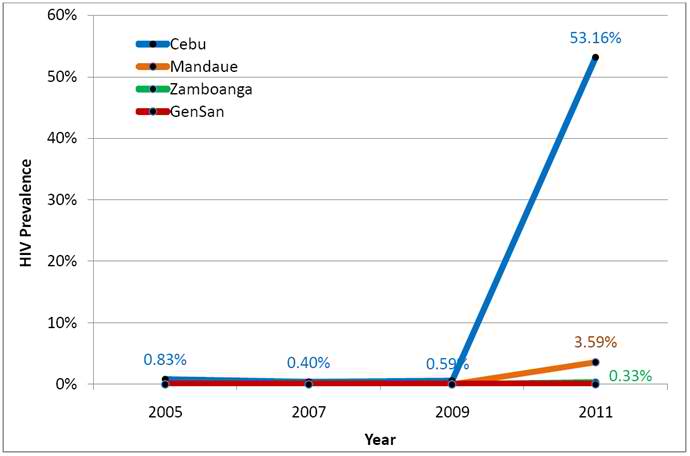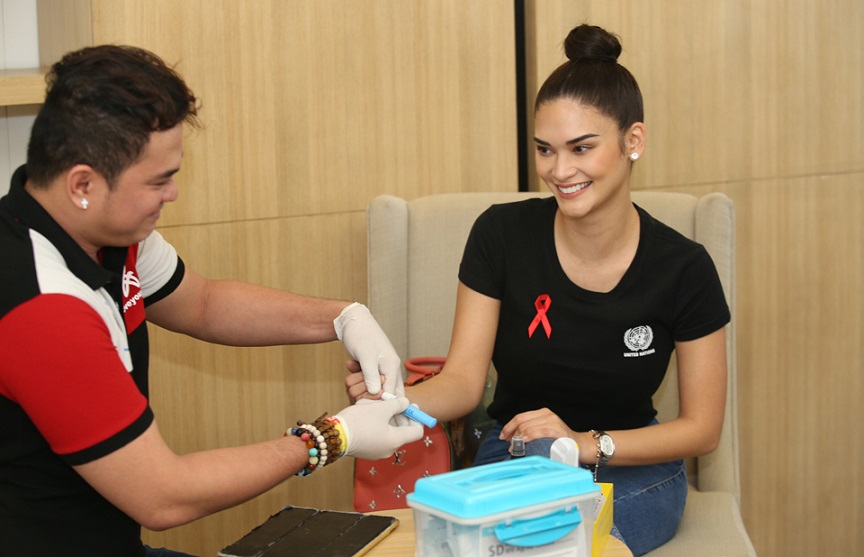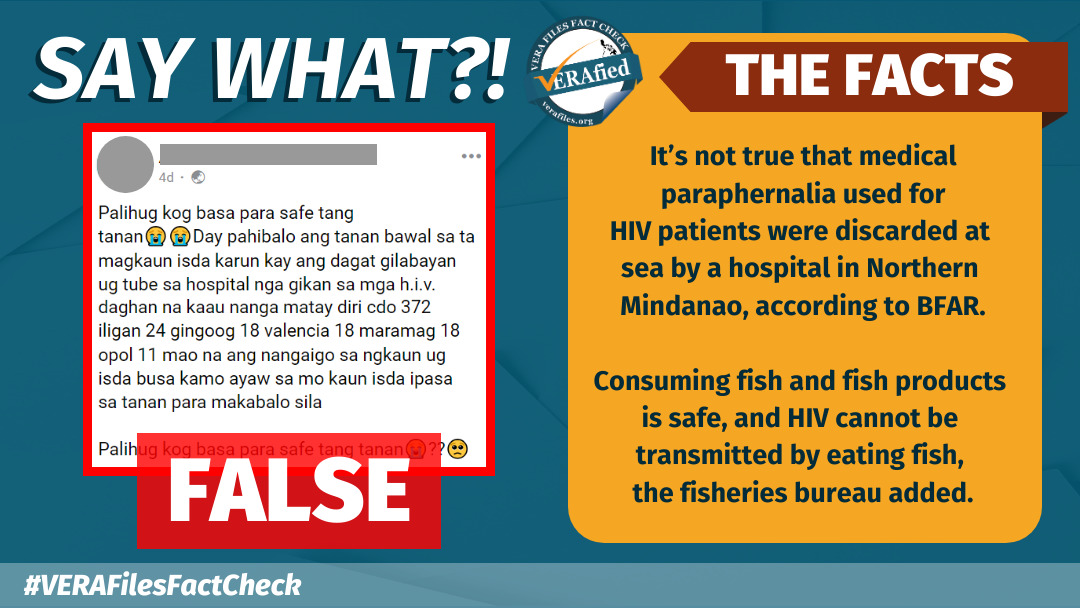By IBARRA C. MATEO
 HIV infections in the Philippines are “increasing at an alarming rate” especially among adolescents and this has been attributed to their increasing use of social media, according to the latest report of the Department of Health (DOH).
HIV infections in the Philippines are “increasing at an alarming rate” especially among adolescents and this has been attributed to their increasing use of social media, according to the latest report of the Department of Health (DOH).
Dr. Enrique A. Tayag, director of the National Epidemiology Center of the Department of Health (DOH), said there is a “concentrated epidemic” of HIV infection among Filipino adolescents aged 15-24.
Tayag reported the number of HIV cases in this age group rose from only 44 cases in 2006 to 489 cases in 2010.
The Philippines, he said, is one of seven countries where the incidence rates of HIV infection are increasing by as much as 25 percent as shown in a 2001-2009 survey of 63 countries. In order of ranking, on top of the list was Armenia, followed by Bangladesh, Georgia, Kazakhstan, Kyrgyztan, Philippines, and Tajikistan.
“We see a strong connection between the increasing use of social media among Filipino adolescents in the 15-24 age group and the change of mode of transmission that started in 2007 of the HIV/AIDS epidemic,” Tayag said.
The top three of modes of HIV/AIDS transmission among the 15-24 year age category are: male-male sex, followed by male-female sex (prostitution), and lastly, sharing infected needles.
“They have a relationship because the wider the social media network of an infected person who engages in unsafe sex, the faster the rate of spread of HIV infection within the network of an infected person,” Tayag told reporters.
Vanessa J. Tobin, Unicef country representative to the Philippines, observed HIV/AIDs infection has “an adolescent face” in the Philippines, noting that about 1.4 million Filipinos aged 15-24 are now infected with the dreaded disease.
“We know from research and findings around the world that the youth need sound and accurate information on sexual and reproductive health to protect them from teen pregnancy, early marriage, gender-based violence, risky social and sexual behaviors, and sexually transmitted infections, and HIV,” Tobin said at the recent Philippine launch of “The State of the World’s Children Report 2011: Adolescents — An Age of Opportunity.”
Tayag said the DOH is “happy” that the Unicef Report focused on adolescents because Filipinos being infected by HIV are “getting younger and younger” and “more and more young Filipino males are getting infected.”
“We now have a window of opportunity to focus on the youth,” he said. “We are closely monitoring the increasing incidence rate of HIV infection among Filipino adolescents to enable us to better understand the problem.”
Tayag, who is also the medical director of the San Lazaro Hospital in Manila, pointed out that the primary mode of infection in the 15-24 age group is men who have sex with men (MSM).
He warned that those who get infected by HIV before the age of 24 are most prone to develop AIDS before they hit 40, and thus the current HIV infection rate among Filipino youth will add to the AIDS burden of the Philippines.
Asked about specific interventions being done by the DOH to control the HIV/AIDS epidemic, Tayag said the DOH is strongly promoting the message “Do not engage in unsafe sex.”
He added: “We still stick to the basic ABC: Abstinence, Be faithful, and Condom use. But it is not as simple as that. We now have a comprehensive but targeted intervention.
“The debate on the use of condom is over. We hope this is clear to everybody concerned. We are encouraging those of varying opinions that the HIV epidemic in the country may worsen in the coming years.”
A total of 6,015 HIV/AIDS cases were reported during the period January 1984-December 2010. The highest number of HIV infections was reported in the year 2010 (with1,591 cases) while the highest number of AIDS cases was recorded in 1999 at 78 cases.
In December 2010, the Philippine HIV and AIDS Registry of the DOH-National Epidemiology Center reported 174 new HIV infections, a 38 percent increase compared to December 2009. The December 2010 HIV figure was the highest number of cases reported in a month since the DOH started data collection in January 1984.
According to the December 2010 data, there were three AIDS cases recorded during the month. Of the 174 HIV infections, 167 were males and 7 females. Among the youth aged 15-24, there were 59 cases of HIV infections.
“The Philippines has led the Southeast Asian region in recognizing and promoting adolescent rights and giving young people a voice,” Tobin said. “It is now important to listen to those voices and respond to adolescents’ needs to receive clear, accurate information on protecting themselves from sexually transmitted infections and HIV.”





